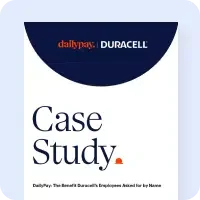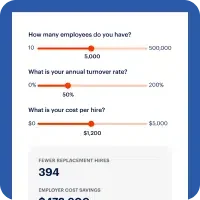Employers can expect their employees to call in sick from time to time. Sometimes the calls are legitimate, but other times they might be more of a stretch to believe. It turns out some excuses are better than others. It also seems that calling into work may be an industry-specific matter. Some companies are more likely to fall victim of employee absenteeism than others.
According to AXA PPP Healthcare, employers are skeptical of excuses when it comes to calling in sick. The “best excuses”, from an employer’s perspective, or the excuses most believed by managers are as follows:
- Flu: 41.6%
- Back pain: 38.5%
- Injury caused by accident: 38.2%
- Stress: 34.5%
- Elective surgery: 35.2%
- Depression: 34.5%
- Anxiety: 25.4%
- Common cold: 23.8%
- Migraine: 21.7%
- None of the above: 7.7%
As you may notice, the most commonly accepted excuse for a workplace absence is the flu – still, less than 50% of employers deem it acceptable. Perhaps one of the more common excuses for a workplace absence is a migraine, which only one in five bosses accept as a good excuse for a workplace absence. Maybe this is because the AXA PPP Healthcare survey shows that 12% employees admit they would lie about having a migraine to get out of work.
Industries with high call out rates
Absenteeism follows a pattern. There are patterns with the types of excuses employees give, as well as the types of excuses employers believe. There are also industry-specific patterns. Gallup recently conducted a poll to determine which industries have the highest rates of absenteeism. Three of the 10 most common industries to call in are:
- Manufacturing/Production
- Transportation
- Service Workers
These three industries account for $14.8 billion in lost productivity each year from employees calling out sick.
Service workers are the most common industry to call in sick. The service sector also has a majority of lower wage opportunities. According to the Bureau of Labor Statistics, the median hourly pay for workers in all occupations was more than $16 an hour in 2010. By comparison, the median pay per hour for service workers was much less; just $8.81 for waiters, $11.45 an hour for barbers and less than $9 in food and beverage servicing.
Not only are service workers generally paid very little, but they also often are employed in stressful work environments.
According to evaluations compiled by Gallup, only transportation and manufacturing workers gave lower ratings to their work environments than service workers. In addition to difficult work conditions, service workers also received the worst grade for physical health. This explains the high call out rates in each of the three industries.
What causes absenteeism?
Some absenteeism is not preventable. According to a study conducted by Harris Poll and CareerBuilder, about one third of employees who call in truly aren’t feeling well and 27% say they took the day off to go to a doctor’s appointment.
Unfortunately, 28% of those who call in sick ‘just don’t feel like going into work’, and 24% said they needed to ‘just relax’.
If your employees aren’t happy with their work environment, it’s more likely they will call out. The percentage of U.S. workers in 2015 who Gallup considered engaged in their jobs averaged 32%. The majority (50.8%) of employees were “not engaged,” while another 17.2% were “actively disengaged.”
What can you do about absenteeism at your company
One of the factors that are in your control is the ability to engage your employees. Remind them of the benefits of coming to work, and incentivize them through positive reinforcement.
We recently conducted a simple experiment. A select group of employers offered daily payments as a way to improve employee engagement. We compared their work behavior against a group of employees who were not offered daily payment services. The control group who were able to access their earned income, and withdraw money daily, yielded inspiring results. Engagement and attendance rates were measured against employees who were not offered a daily pay service. More employees came to work. In fact, the number of people who showed up was 26% higher than the control group.
Solid, meaningful improvements in productivity were found through the use of DailyPay.













